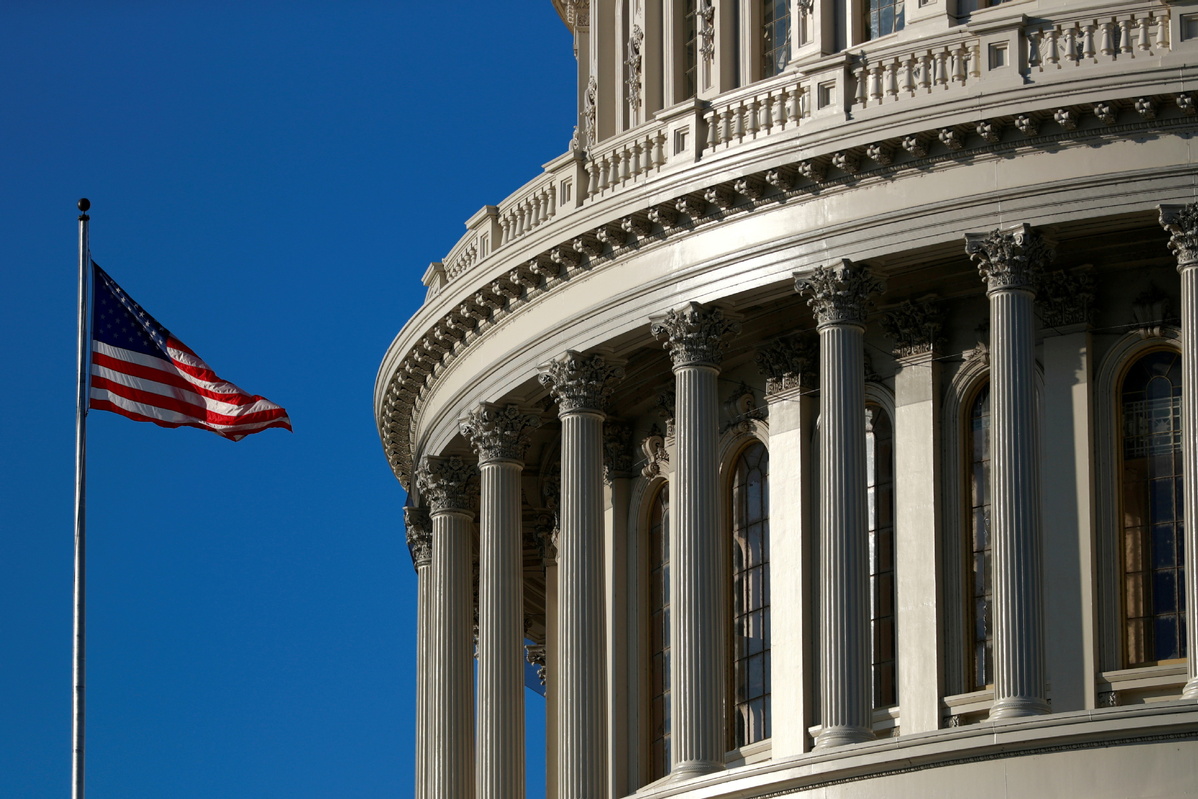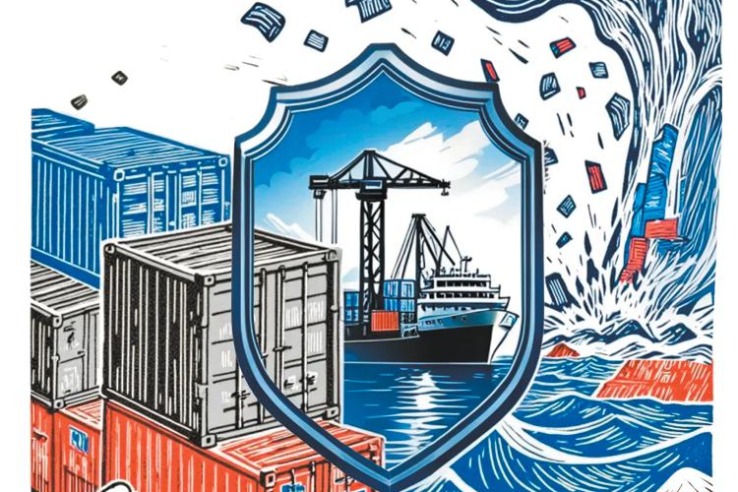How US-led IPEF hurts the WTO's multilateral trading system


Since the official announcement on May 23, the newly formed US-led economic alliance- the Indo-Pacific Economic Framework (IPEF)- has been evaluated from different perspectives, ranging from its economic profitability to potential political sustainability. Given that the IPEF is a Regional Trade Agreement (RTA), and as an RTA, it must be bound to some WTO rules concerning RTA, little has been discussed over whether the framework is formulated in line with WTO multilateral trading system rules.
The Indo-Pacific Economic Framework (IPEF) is a non-traditional economic agreement among 13 Indo-Pacific nations including the US. It consists of four economic modules- fair and resilient trade rules, supply chain resilience, infrastructure and green technology, tax and anti-corruption- with an aim to impose high-standards and, of course, 'very American', economic, trade and environmental rules and regulations across the legal purview of the bloc. But, in utter irony, the agreement is all about sticks- ambitious labor and environmental standards, higher thresholds on the digital economy, strict guidelines on local date flow, and so on- but lacks substantial economic carrots to the member states in return- like tariff concessions, market access, etc.
Regional Trade Agreements (RTAs) are a key fixture in international trade relations. Since the 1990s, RTAs have increased both in number and depth. Given that an RTA agreement defines a specific set of trade rules- common for its signatories and weighted against the non-signatories- it seems an RTA contravenes the WTO's golden rule of non-discrimination – the Most-Favored-Nation (MFN) principle- which requires a country to treat its trading partners equally.
But Article 24 of the General Agreement on Tariffs and Trade (GATT), Article 5 of the General Agreement on Trade in Services (GATS) and the Enabling Clause (Paragraph 2(c)) allow WTO members to conclude RTAs, as a special exception, provided an RTA meets specific strict criteria. This is where the IPEF stands directly in contrast with the very principle of the multilateral trading system, and utterly fails to meet the criteria set by WTO agreements.
WTO agreements recognize that RTAs should "help trade flow more freely" among the signatory countries "without barriers being raised on trade with the outside world". In other words, the legitimate role of RTAs should aim at facilitating trade between its parties and should not raise any trade barrier- tariff or non-tariff- by way of third parties. In the Nairobi Ministerial Declaration in 2015, WTO member states in a unanimous declaration that RTAs must be complementary to, not a substitute for, the multilateral trading system.
The IPEF is neither an economic deal nor a trade pact, but rather a loose framework with its very essence being utterly void of any economic energy. It is a collection of "too American" trade-related standards and regulations across its modules that parties to the alliance must comply with. But ironically, in exchange for excessive compliance costs, it won't provide any advantages to the member states in terms of tariff concession or market access- the very prerequisites in promoting free trade flow. So, other than promoting trade facilitation and advancing multilateralism, the IPEF will certainly create barriers to the economic globalization- the core objective of the World Trade Organization (WTO).
Again, with a clear aim to decouple China from the Asian supply chain and reestablish U.S dominance, the IPEF is just another newly-unveiled U.S "geopolitical avenue under an economic fig leaf" in its wider strategic goal to contain China. By setting strict standards, highly incompatible with the regional economic landscape, the IPEF is set to impose barriers on the enduring trade relations among the Indo-pacific countries, particularly with China. The United States, in a desperate move to improve its waning economic leadership in the Indo-Pacific region, aspires to upend the long-standing supply chain mechanism in Asia by injecting ill-matched regulatory standards in line with its broader economic policy.
Consequently, not only does the IPEF infringe the underlying principle of the multilateral trading system that an RTA must not raise hurdles on trade between the member and non-member states, but also poses substantial risks of destabilizing the status-quo because the existing pattern of supply chain division, with which China is deeply integrated, has lasted a long time and has brought benefits to the countries of the Indo-Pacific.
The US has a long history of violating the WTO rules governing the multilateral trade system. And the list of trumping the multilateral trade rules is quite a long, from very recent unilateral tariff imposition on Chinese imports in the American market by flouting WTO's rules-based dispute mechanism to weaponizing trade relations to geopolitical ends. The formation of IPEF in direct contradiction with WTO's rules-based multilateral trading system has been the latest one added to the list. Nevertheless, in Biden's words, the IPEF is, ridiculously, free without reciprocal benefits to its member states, inclusive without the largest economy being party to the bloc and open without allowing membership to the countries that raise their voices against its hegemony.
Abu Naser Al Farabi is a columnist and analyst focusing on international politics, especially on Asian affairs.
The opinions expressed here are those of the writer and do not necessarily represent the views of China Daily and China Daily website.
If you have a specific expertise, or would like to share your thought about our stories, then send us your writings at opinion@chinadaily.com.cn, and comment@chinadaily.com.cn.



































